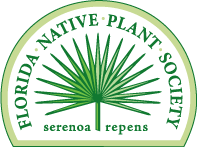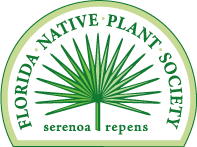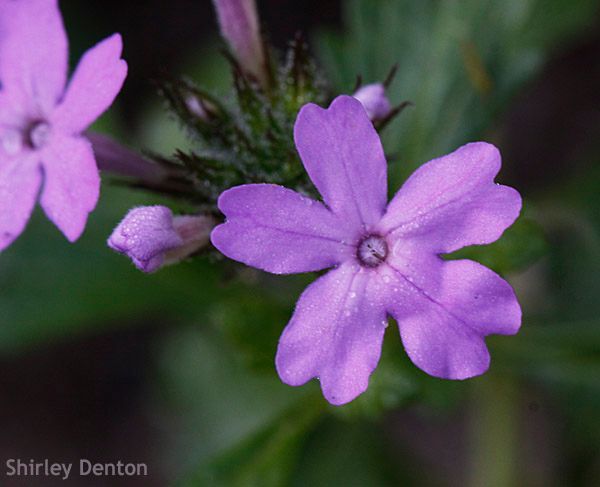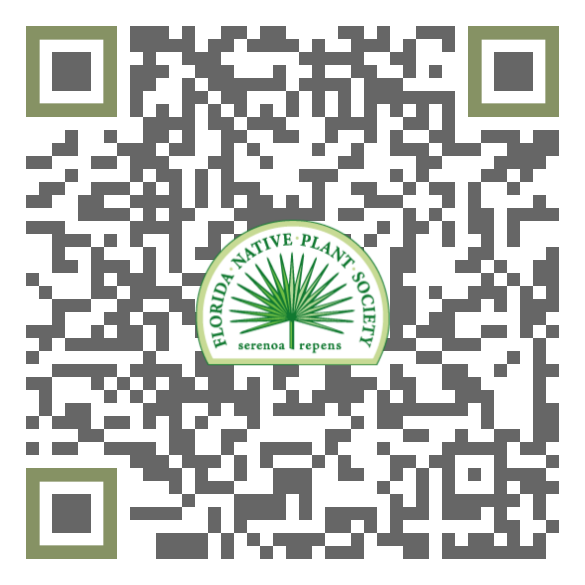FNPS Plant Database
Glandularia maritima
Nomenclature
Common Name:
Synonym(s):
Genus species:
Family:
Verbenaceae
Plant Specifics
Form:
Size:
Life Span:
Long-lived perennial
Flower Color:
Fruit Color:
Phenology:
Noted For:
Landscaping
Recommended Uses:
Considerations:
Availability:
Propagation:
Light:
Moisture Tolerance:
Always Flooded---------------------------------Extremely Dry
□□□□□□□□□□□□□□□□□□□□□□□□■■■■■■■■■■■■■■■□□□
Not wet but not extremely dry -to- Very long very dry periods
Salt Water Flooding Tolerance:
Unknown
Salt Spray/Salty Soil Tolerance:
High. Can tolerate significant and ongoing amounts of salt.
Soil or Other Substrate:
Sand
Soil pH:
Suitable to Grow In:
9A,9B,10A,10B,11

USDA zones are based on the average annual extreme minimum winter temperature.
Don't know your zone? Click here to search by zip code.
Ecology
Wildlife:
Nectar source for a variety of butterflies and moths, including Gulf fritillaries, hawkmoths and long-tailed skippers.
Pollinated by miner bees and long-tongued bees such as bumblebees and orchid bees.
Native Habitats:
Natural Range in Florida:
Visit the USF Libraries Atlas of Florida Plants
Comments:
Ethnobotany:
General Comments:
Endemic. This plant is listed as endangered by the State of Florida.
Harvesting and transporting from the wild require landowner permission and may require a permit from the state. Please acquire through a reputable native plant nursery.
Citations:
Hammer, Roger. 2015. Attracting hummingbirds and butterflies in tropical Florida. University Presses of Florida.
Hueel, Craig. https://flawildflowers.org/flower-friday-glandularia-maritima/
FNAI. https://www.fnai.org/FieldGuide/pdf/Glandularia_tampensis.pdf
EDIS IFAS: https://edis.ifas.ufl.edu/fp598
Florida Wildflower Foundation. https://flawildflowers.org/flower-friday-glandularia-maritima/
Osorio, Rufino. 2001. A gardener's guide to Florida's native Plants. University Press of Florida, Gainesville, FL.
Tras, Pamela. 2001. Gardening for Florida's butterflies. Great Outdoors Publishing, St. Petersburg, FL.
Wunderlin, R. P., B. F. Hansen, A. R. Franck, and F. B. Essig. 2021. Atlas of Florida Plants (http://florida.plantatlas.usf.edu/). Institute for Systematic Botany, University of South Florida, Tampa.







